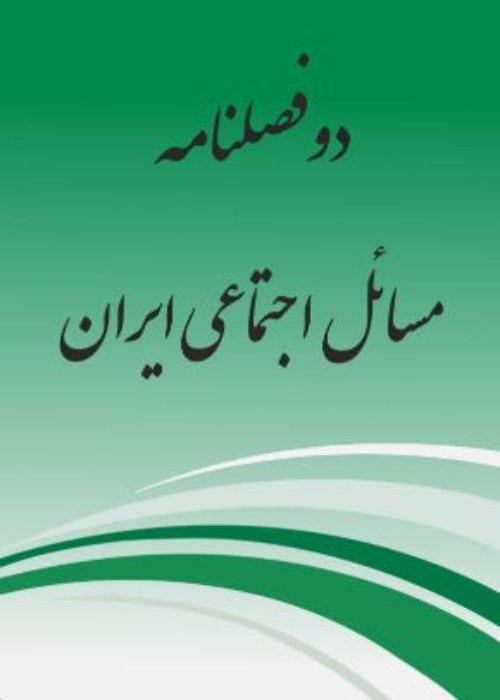Representation of Violence in Laki's Proverbs
Proverbs are an important part of popular culture and oral literature of various human societies that are collectively constructed and reflects their cultural foundations. Because Laki's proverbs, which is influenced by ethnic and tribal social structure and is rooted in their beliefs and lived experiences, evidence and examples are found that indicate the construction and reproduction of violence. The present article intends to social understanding of violence and its forms in the lived experience of Lak people, which are represented in Laki's proverbs. The theoretical approach is based on the views of David Metza, Nisbet and Cohen, Parsons's theory of action, Robert Connell's concept of masculinity and Derrida's theory of linguistic violence. according to this research, guide questions are: in Laki's proverbs, what is the perception of violence? How many are classified violence in to general categories? what role does violence play in the acquisition of male and female gender identities? What is the common, unifying, and final theme that represents the meaning of violence in the Lak people? Data (proverbs) by examining collected documents and after verification and thematic analysis through interviews with 20 men 50 years and older who are knowledgeable about Laki popular culture, were analyzed by "qualitative content analysis". Findings show: the proverbs denoting the representation of the violence or are meant to encourage violence are categorized into four main classes including verbal violence, dominance-oriented violence, encouragement of violence, and violence and hostility. Violence is the cause of within-group convergence and is regarded as a solution to resolve social issues of main research sample. Violence is represented in different forms such as anger, humiliation and insult, discrimination against women, and threat to use violence. A consistency and convergence are reported between violence and male identity. Masculinity refers to those people who are capable of applying violence. In these proverbs, a desirable attitude and perception exists with regard to violence in the sense that violence has equal status similar to sanctimonious religious concepts. It seems that such attitude towards violence is a social outcome having ethnic and tribal structure and context in which each group has supply its own security. Therefore, in such society men had achieved an excellent status and position as fighting forces and suppliers of security.
- حق عضویت دریافتی صرف حمایت از نشریات عضو و نگهداری، تکمیل و توسعه مگیران میشود.
- پرداخت حق اشتراک و دانلود مقالات اجازه بازنشر آن در سایر رسانههای چاپی و دیجیتال را به کاربر نمیدهد.



